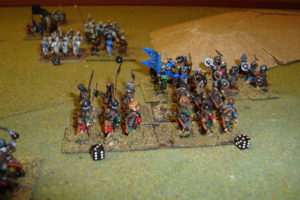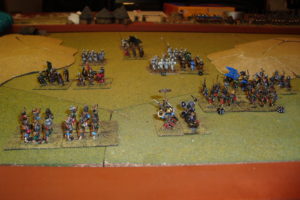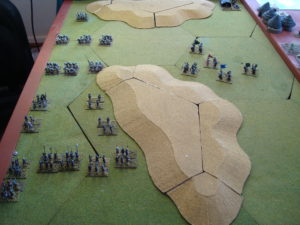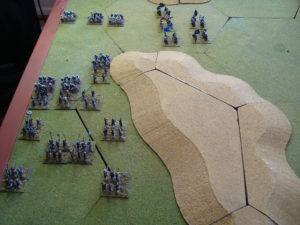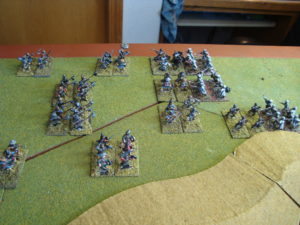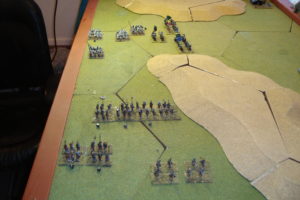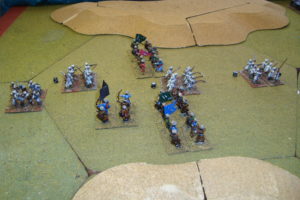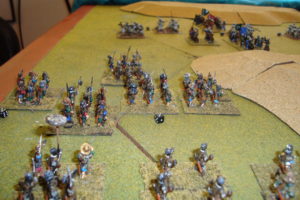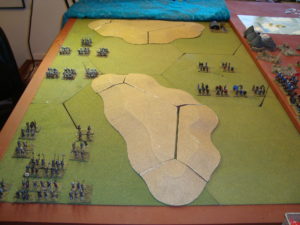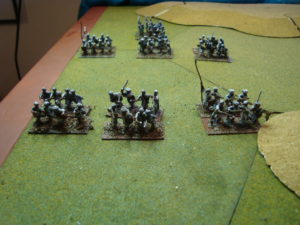Through with Xmas visits/visiting so finally have time/energy/sobriety to post up about another Fire In The Lake game with Tim.
This will be a fuzzy-through-altered-memory overview of the game focusing on my experience, with Tim adding his thoughts in the near future. As with last time, I had the NVA/VC forces.
First and foremost it was a lot of fun. We decided to use the historical card option, which allows for a roughly chronological card sequence. Coup Cards are randomly placed in 12-card groups using each of the three (1964, 1965 and 1968) decks. There are six total groups to work through, with half of the cards from the larger 1968 deck.
Lesson learned: When a Coup Card is drawn, get going during the current turn and get set-up to grab some points during the End Turn phase. While somewhat “gamey” it does (in a way) reflect the chaotic situation that leads to a coup. The US player cannot use air strikes during the turn prior to the coup (considered monsoon season), so the NVA/VC player can be aggressive without fear of devastating retaliation.
Lesson Learned: Spend the resources necessary to keep the Ho Chi Minh Trail in good shape. The source is a “times two the level” source of reinforcements. This is, literally, a powerful force multiplier.
Lesson Learned: The NVA/VC will take casualties. Inevitable if aggressive operations are launched. However, casualties can be minimized by using the Ambush option.
Lesson Learned: Occupying Lines of Communication (LOC) can result in victory points, or at least, tying down US/ARVN resources.
Lesson I Couldn’t Learn: How to effectively get the VC into cities, where they can disrupt COIN control. The problem is that they have to reveal their presence, which means they can quickly be “killed”. Maybe it’s just a matter of using them to soak up US/ARVN options, or flooding a city with VC (Tet).
We managed to get through four Coup Rounds. At the end of fourth, we discovered (to our surprise – or certainly to my surprise), that the RVN had attained victory by ONE STINKING POINT! Not a BLAMMO by any stretch of the imagination, but a victory nonetheless. The good news was that “victory” occurred at about 2200, so we could call it a night.
We’re planning on a another game in the near future. We’ll switch sides and see what happens!
